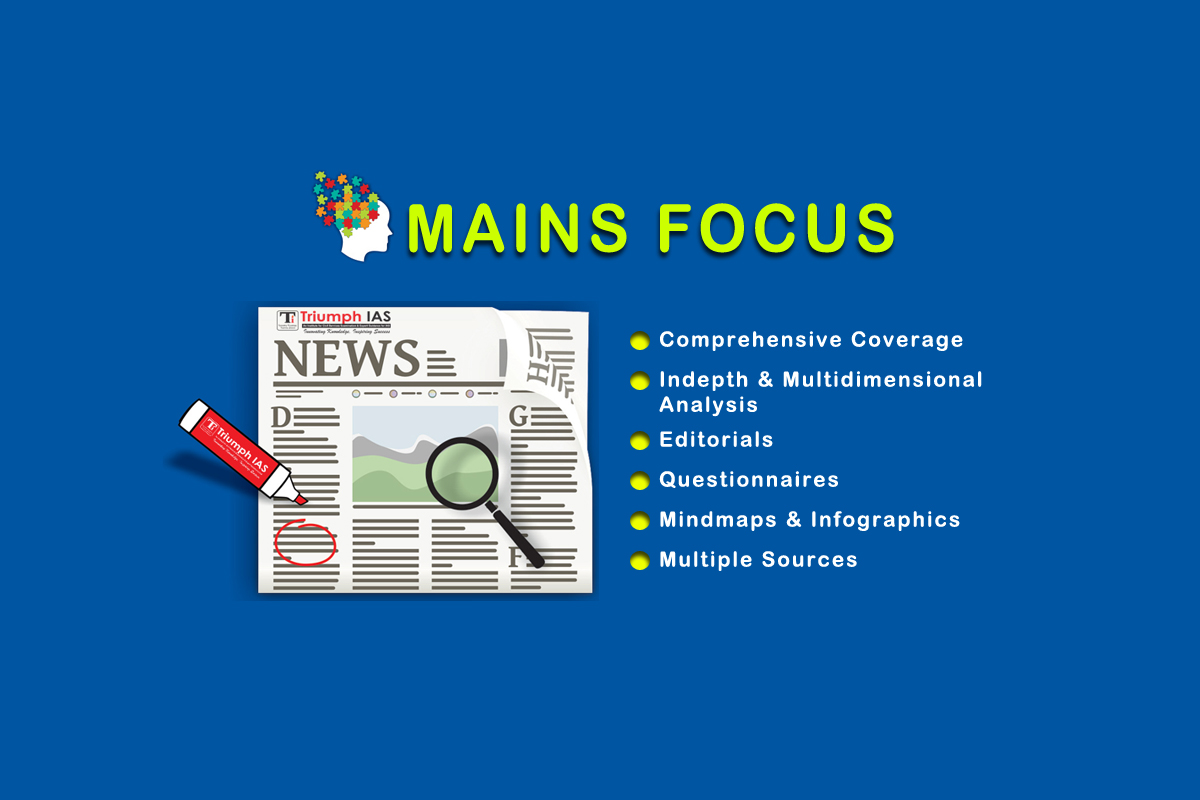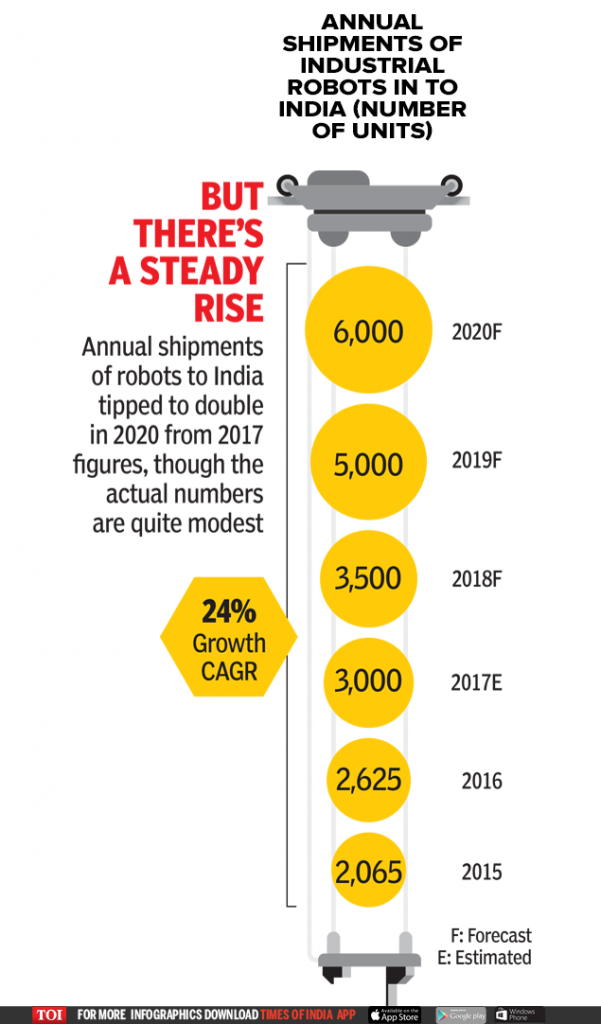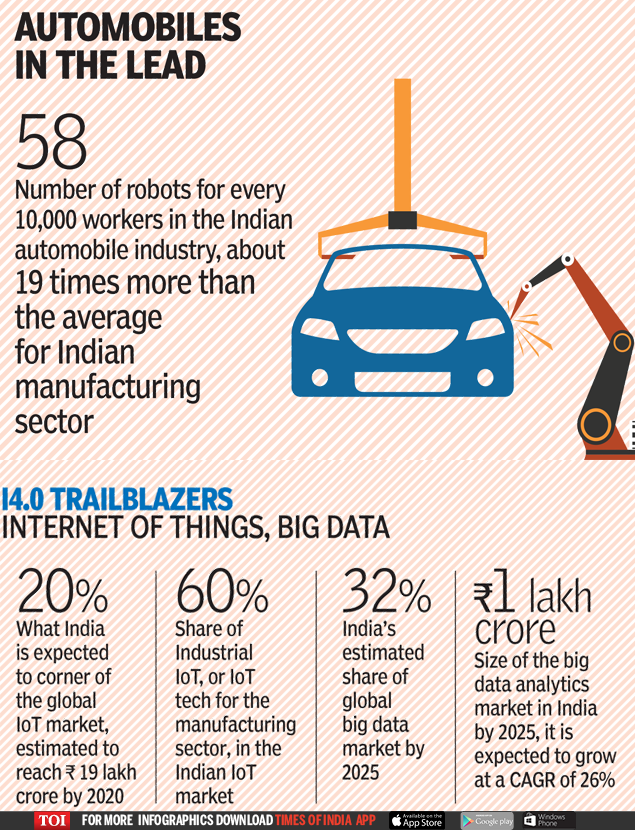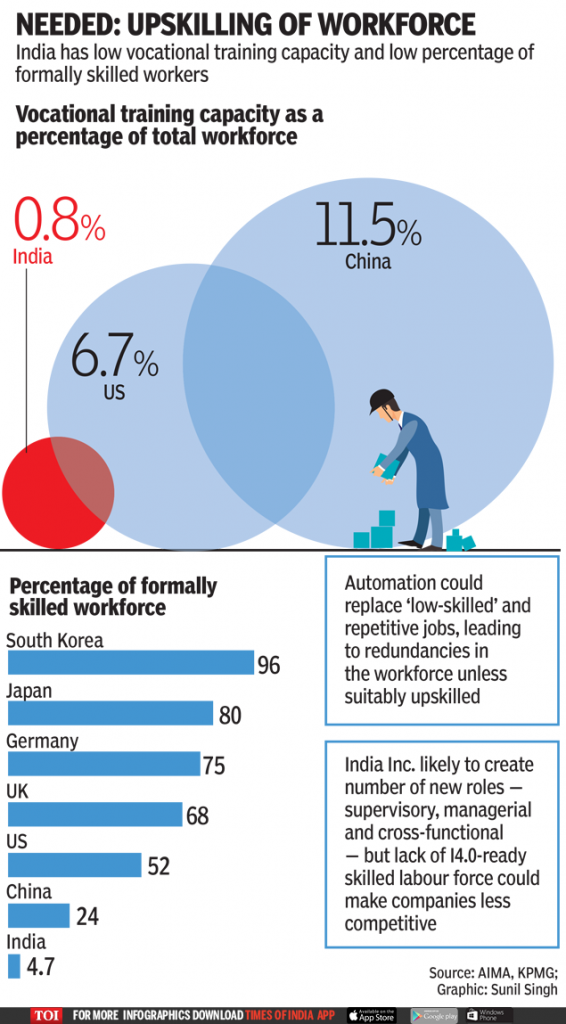Paper-1 : Social Issues
Ban on Obscene Depiction
How Ban was proposed
- The Ministry of Women and Child Development has proposed to ban obscene depiction of women on the Internet and on SMS/MMS by amending the Indecent Representation of Women Act, 1986
- The Ministry has also suggested that stricter punishments be awarded for such crimes on par with those recommended under the IT Act, 2008
- It has also proposed setting up a central authority under the National Commission of Women, which will include representatives from Advertising Standards Council of India, Press Council of India, Ministry of Information and Broadcasting and one member with experience of working on women’s issues
What does the Act say
- The Act in its current form defines an advertisement as any notice, circular, label, wrapper or other documents, visible representation made by means of any light, sound, smoke or gas
- It seeks to prohibit indecent representation of women through advertisements, publications, writings, paintings, figures, among others
- The IRW Act provides for punishment of up to two years in jail for an offence committed for the first time and imprisonment of six months to five years for a second conviction
Paper 2: Government policies and interventions for development in various sectors and issues arising out of their design and implementation.
Green GDP for States
What is Green GDP
- Green GDP is a term used for expressing GDP after adjusting for environment degradation.
- Green GDP is an attempt to measure the growth of an economy by subtracting the costs of environmental damages and ecological degradation from the GDP
- The concept was first initiated through a System of National Accounts.
Why Green GDP for States.
- India’s environmental diversity and riches are universally recognised but have never been quantified.
- Starting this year, the government will begin a five-year exercise to compute district-level data of the country’s environmental wealth.
- The numbers will eventually be used to calculate every State’s ‘green’ Gross Domestic Product (GDP).
- The metric will help with a range of policy decisions, such as compensation to be paid during land acquisition, calculation of funds required for climate mitigation, and so on.
How Green GDP calculations will be done
- This is the first time such a national environment survey is being undertaken.A pilot project is set to begin this September in 54 districts.
- The land will be demarcated into “grids” with about 15-20 grids per district.These will capture the diversity in the State’s geography, farmland, wildlife, and emissions pattern, and will be used to compute a value.For instance, there’s a no-go zone, we need to calculate what its economic impact.
- Much of the data required for the inventory would be sourced from data sets that already exist with other government ministries.
Paper-2: Issues relating to development and management of Social Sector/Issues relating Health ,Education ,Human resources
How Caste affects Health
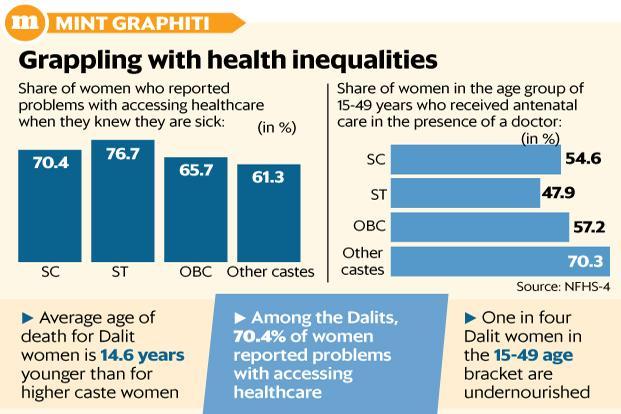 Report findings
Report findings
- Dalit women in India die younger than upper caste women, face discrimination in accessing healthcare and lag behind on almost all health indicators.
- While violence against Dalits may be the main form of discrimination visible to the outside world, there are many other ways in which caste prejudice manifests itself, one of them being health.This is borne out by recent data from the from the National Family Health Survey (NFHS).
- For Dalits, who make 16.6% of the total population, health inequalities are the result of both past and ongoing discrimination, including limited educational opportunities, high health risk occupations they are forced to take up, discrimination in access to land, employment, housing and other resources.
Reason to worry
Health status of the women from the community gives us reason to worry,as in all counts they do worse than national average.
Anemia:
- According to the recent data from the National Family Health Survey (NFHS), among the women in the age group 25-49 who have anaemia, 55.9 % are Dalits. The national average among Indians is 53%. Even though anaemia is a widespread problem faced by women in India, for Dalit women the problem is compounded.
Life expectancy:
- The average age of death for Dalit women is 14.6 years younger than for higher caste women, according to the report, Turning promises into action: gender equality in the 2030 Agenda, which cites a finding from the Indian Institute of Dalit Studies in 2013. According to that finding, the average age at death for Dalit women was 39.5 years against 54.1 years for higher-caste women.
Access to healthcare:
- Under Indian law, it is a punishable offence to refuse to admission to hospital, dispensary, etc on the basis of “untouchability.” Still in 2016, the nursing staff of the Puranpur community health centre in Uttar Pradesh allegedly refused to admit a pregnant Dalit woman. The woman delivered the baby unassisted and the child died a few hours after being born. Dalits are refused admission to hospitals, or access to health care and treatment. In a number of cases those who are admitted receive discriminatory treatment.
- According to the NFHS data, among Dalits, 70.4 % of women reported problems with accessing healthcare when they knew they are sick. Among the reasons cited, getting permission to go to the hospital facility, or distance to the health facility, or money were stated as the reasons.
Institutional and in-home deliveries:
- Among Dalits, 52.2 % women in the age group 15-49 years had a live birth in the presence of a doctor in the preceding five years. For the upper castes it is 66.8%.
Nutritional status of Dalit women:
- One in four women among the Dalits in the 15-49 age bracket are undernourished according to their Body Mass Index (BMI), while one in six women among upper castes have a similar nutritional profile.
When we are progressing towards World’s Largest health care program ,but in the backdrop of our vision comes a worrying reality ,which is how a women from one community is way behind than our national average of being healthy.
Paper 3: Inclusive growth and issues arising from it
NITI Aayog goes for AI
NITI’s National Strategy for AI
- India needs to create new jobs to absorb the large number of workers rendered redundant by automation and put in place a regulatory framework.
- The proposals come at a time when there is widespread concern about job losses on account of automation although it would result in new jobs, which require higher level of technical skills.
- As technology increasingly disrupts the nature of jobs and shifts the benchmarks of technological aptitude, skilling and reskilling of workforce forms an integral part of our approach to adopting artificial intelligence said the strategy paper.
- This will help reap benefits of artificial intelligence use in areas such as health, farming, education, infrastructure and transportation.
- In a ‘national strategy for AI’, prepared to give the country an edge in this area, Niti Aayog suggested ways to promote adoption of machine learning in key areas of the economy guided by rules on ethics, privacy and intellectual property protection that are to be evolved by new institutions.
Reaping Benefits of AI
- NITI blueprint was aimed at leveraging AI for economic growth, social development and inclusive growth and to make the country a model for emerging and developing economies.
- The blueprint suggested that a robust model to use this technology will increase access and affordability of quality healthcare, enhance farmers’ income and reduce wastage, improve access to quality education, provide efficient connectivity to the urban population and help create smarter transportation modes.
- Promotion of job creation in new areas like data annotation needs to be identified and promoted, as these would have the potential of absorbing a large portion of the workforce that may find itself redundant due to increasing automation.
Paper 3: Conservation, environmental pollution and degradation, environmental impact assessment
E-Waste Generation-ASSOCHAM Reports
What is E-waste
- E-waste typically includes discarded computer monitors, motherboards, Cathode Ray Tubes (CRT), Printed Circuit Board (PCB), mobile phones and chargers, compact discs, headphones, white goods such as Liquid Crystal Displays (LCD)/ Plasma televisions, air conditioners, refrigerators etc.
- Arsenic, Barium, Brominated flame- Casing, Cadmium, Chrome , Cobalt, Copper, Lead, Lithium, Mercury, Nickel Alloys, Selenium, Zinc, Steel, Brass alloys etc are some of the pollutants or toxins in the e-waste that can harm human, animal and plant life
- High and prolonged exposure to these chemicals/ pollutants emitted during unsafe e-waste recycling leads to damage of nervous systems, blood systems, kidneys and brain development, respiratory disorders, skin disorders, bronchitis, lung cancer, heart, liver, and spleen damage
Report findings
- India is among the top five e-waste generating countries in the world besides China, the US, Japan and Germany, according to a report
- The global volume of e-waste is expected to reach 52.2 million tonnes (MT) or 6.8 kg per inhabitant by 2021 from 44.7 MT in 2016 at a compound annual growth rate of 20%, according to the study
- Among states, Maharashtra contributes the largest e-waste of 19.8% but recycles only about 47,810 tonnes per annum (TPA)
- Of the total e-waste produced in 2016, only 20% (8.9 MT) is documented to be collected properly and recycled, while there is no record of the remaining, e-waste, the study said
Is India Ready for Fourth Industrial Revolution?

